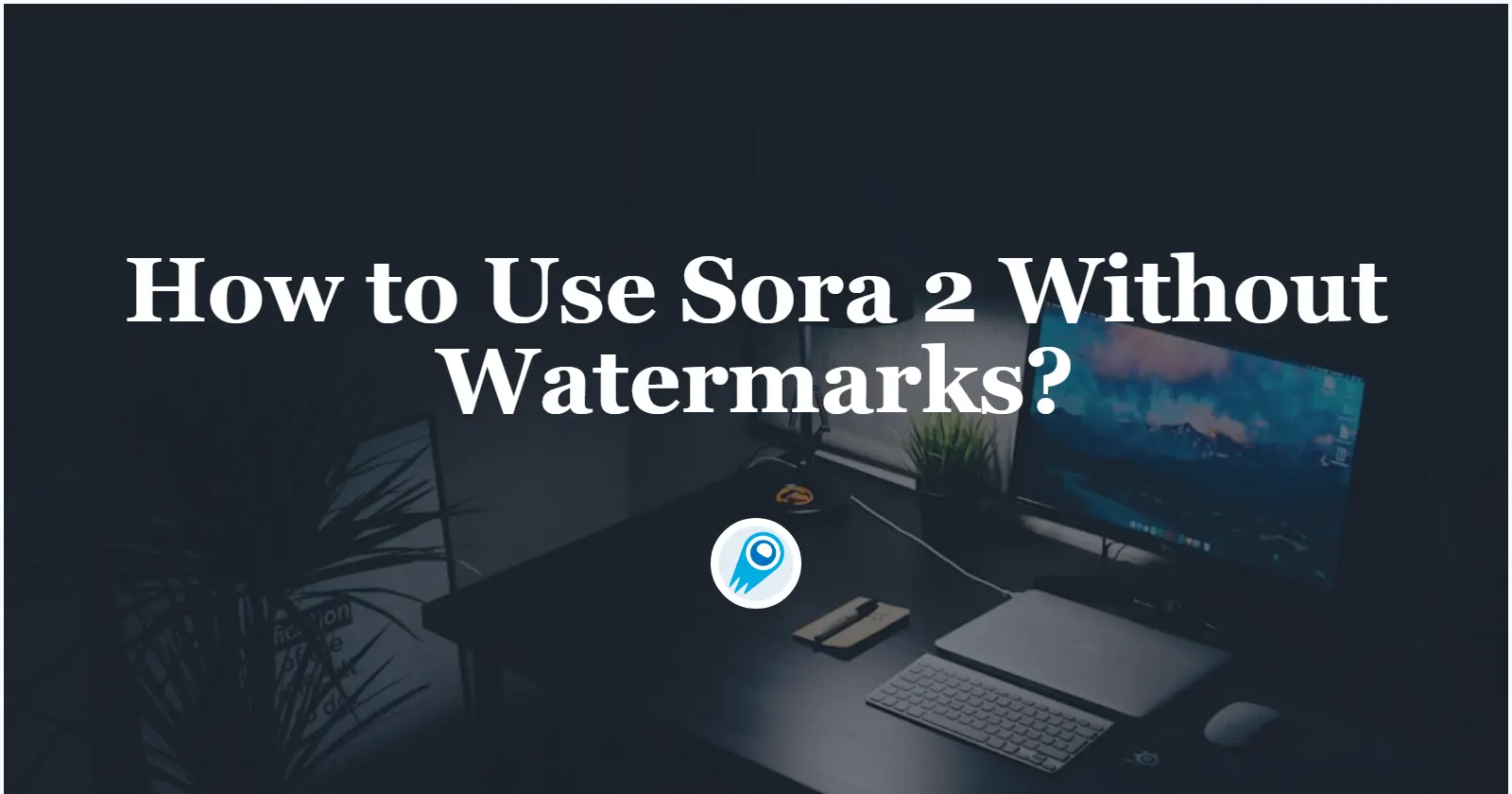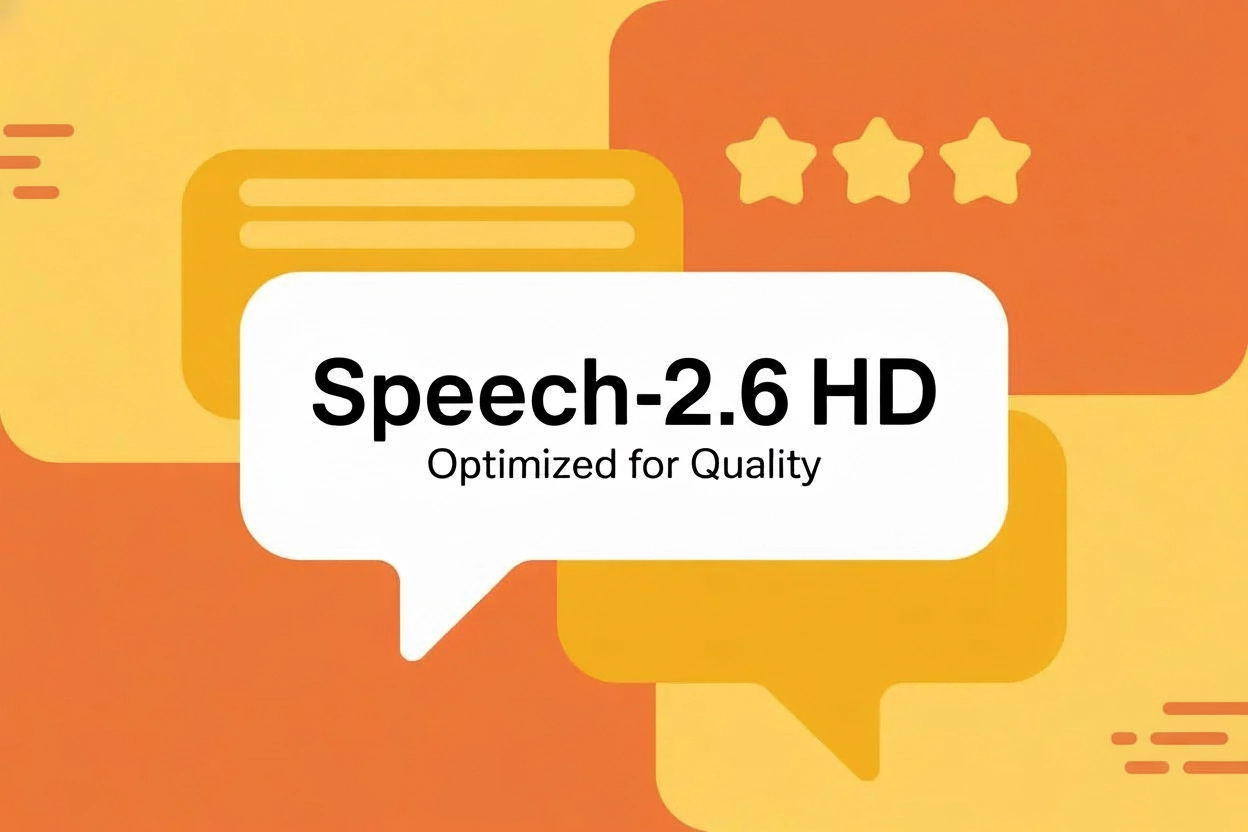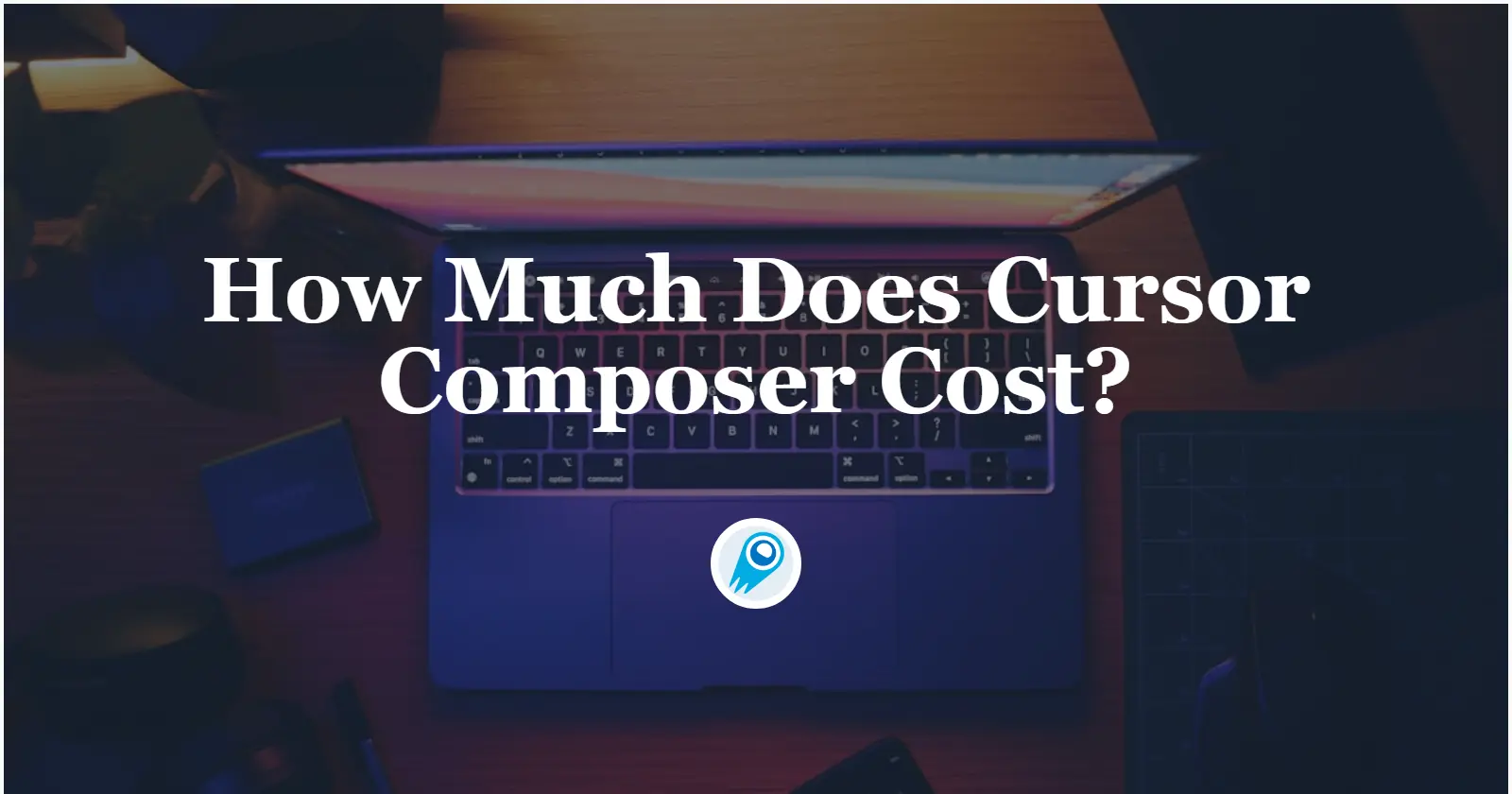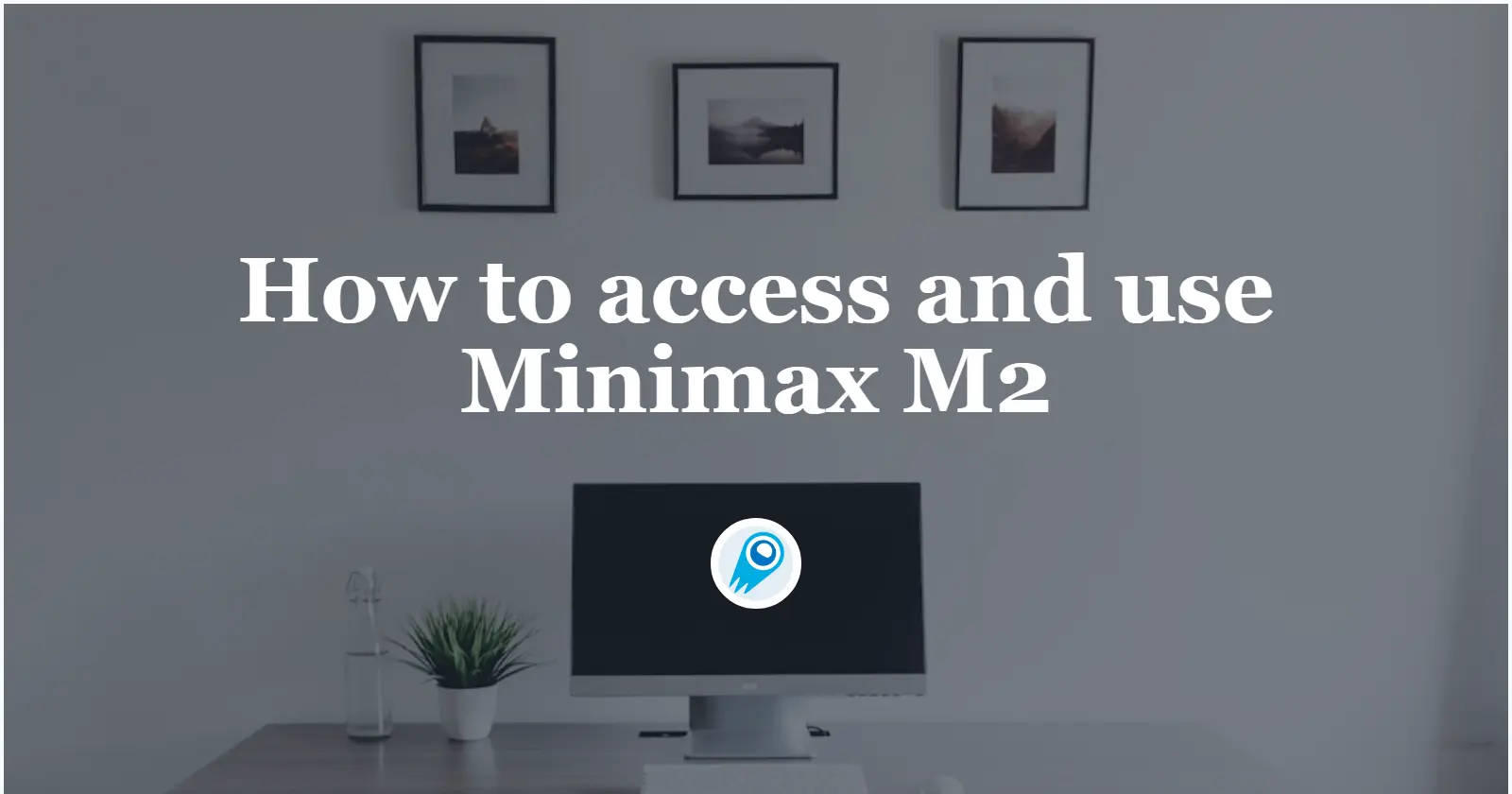Comet API Blog
The CometAPI Blog shares practical guides and updates on mainstream
AI models to help developers get started quickly and integrate them efficiently.
What is GPT-5-Codex? Architecture, Feature, Accesss and More
GPT-5-Codex is OpenAI’s new, engineering-focused variant of GPT-5, tuned specifically for agentic software engineering inside the Codex product family. It’s designed to take on large real-world engineering workflows: creating full projects from scratch, adding features and tests, debugging, refactors, and performing code reviews while interacting with external tools and test suites. This release represents a […]
Is it OpenAI’s latest GPT-5-Codex the strongest AI coding?
September 15, 2025. OpenAI unveiled GPT-5-Codex, a specialized variant of GPT-5 optimized for agentic software engineering inside its Codex product. The company says the model can operate autonomously on large, complex engineering tasks for more than seven hours at a stretch, iterating on implementations, fixing failing tests, and delivering completed work with reduced human intervention. […]
MiniMax launches Music 1.5 — four-minute full songs, natural vocals, and fine-grained control
MiniMax today unveiled Music 1.5 (branded in some company channels as the Conch music model), a major upgrade to its generative-audio suite that the company says extends generation length and improves vocal realism while adding fine-grained, language-style control for creators. The release positions MiniMax to push AI music beyond short clips toward complete song production […]
How to get specific colors in Midjourney v7 — a practical, up-to-date guide
Midjourney v7 sharpened control over text, image references, and style transfer — and that makes color control (what designers call palette prompting) far more reliable than it used to be. Version 7 shipped with improvements to style references and image handling, plus new workflow features (Draft Mode, Omni Reference, refined style adoption) that change how […]
Seedream 4.0 API: Architecture, Benchmark performance & Access
Seedream 4.0 — ByteDance’s newest image model — landed with a splash in the generative-AI world. It’s being hailed for professional-grade fidelity, unified generation + editing, multi-image consistency, and very fast inference times, and it’s already surfacing on partner platforms and model marketplaces. What is Seedream 4.0? Seedream 4.0 is the fourth-generation image model released […]
Managing Claude Code’s Context: a practical handbook
Anthropic’s Claude Code and the broader Claude family now give developers unprecedented control over how much the model sees and how deeply it reasons. Recent product updates (notably the Sonnet 4 1-million-token context window and Claude’s extended “thinking” controls) make context management both more powerful and more important: you can process whole repositories in a […]
How Do Developers Connect Activepieces with CometAPI in Practice
Integrating a powerful automation platform like Activepieces with a unified AI access layer such as CometAPI lets teams add model-powered steps to visual workflows without writing glue code. This article explains what each product is, why you would combine them, what you must prepare, and a clear step-by-step walkthrough (using the CometAPI “piece” maintained in […]
How to Use BuildShip with CometAPI Integration
In 2025 the AI tooling ecosystem continues to consolidate around unified APIs and visual workflow builders. CometAPI is growing as an “all models in one” developer-facing gateway (advertising access to hundreds of models), while BuildShip keeps expanding its visual workflow and node ecosystem to let teams ship backend APIs and AI workflows with low/no-code and […]
How to integrate LlamaIndex with CometAPI
CometAPI provides a single, OpenAI-compatible gateway to many models (GPT-family, Anthropic/Claude, Google Gemini and more). LlamaIndex (the “data framework” for building retrieval-augmented LLM apps) now exposes a native CometAPI LLM integration — meaning you can **call any model via CometAPI from LlamaIndex. LlamaIndex (the data-framework for building knowledge assistants) now officially supports CometAPI as an […]
GPT-5 vs GPT-5-chat: what exactly is the difference?
GPT-5 is a family and a unified reasoning system that OpenAI ships in multiple variants for different workloads; gpt-5-chat (often seen as gpt-5-chat-latest) is the chat-tuned, non-reasoning variant that powers quick conversational responses in ChatGPT and is exposed to developers as a distinct API model. They share architecture and training lineage, but they are tuned, […]

How to Use Sora 2 Without Watermarks—A Complele Guide
OpenAI’s Sora 2 — its latest video-and-audio generative model — arrived this fall as a major step forward in photorealistic video generation and synchronized audio. […]

How to Run GPT-5-Codex with Cursor AI?
Lately,OpenAI has launched a specialized version—GPT‑5‑Codex—specifically tuned for software engineering workflows via its Codex brand. Meanwhile, coding-IDE provider Cursor AI has integrated GPT-5 and GPT-5-Codex […]

MiniMax Releases MiniMax Speech 2.6 — A Deep Dive into the New Speech Model
MiniMax announced MiniMax Speech 2.6, the company’s newest text-to-speech (TTS) / text-to-audio engine optimized for real-time voice agents, voice cloning, and high-fidelity narration. The update […]

How to delete Luma AI creations? 2 Ways!
Generative tools like Luma AI’s Dream Machine make powerful, beautiful images and videos fast — but sometimes you change your mind. Whether you want to […]

How Much Does Cursor Composer Cost?
Cursor Composer is a new, frontier-grade coding model released as part of Cursor 2.0 that delivers much faster, agentic code-generation for complex, multi-file workflows. Access […]

How to access and use Minimax M2 API
MiniMax M2, a new generation large language model optimized for agentic workflows and end-to-end coding. MiniMax publicly released MiniMax-M2 and published weights on Hugging Face; […]
